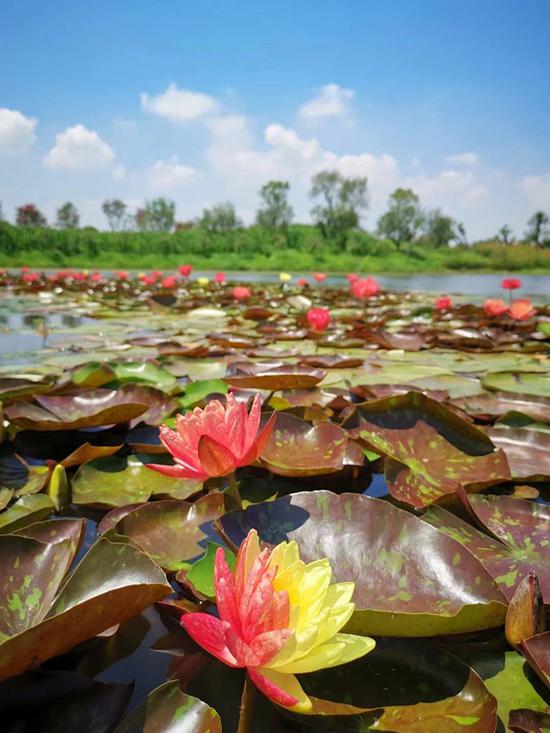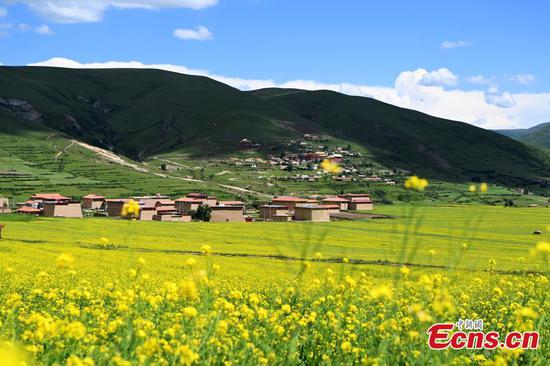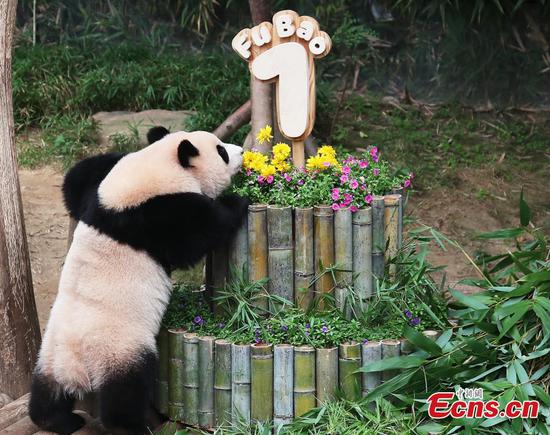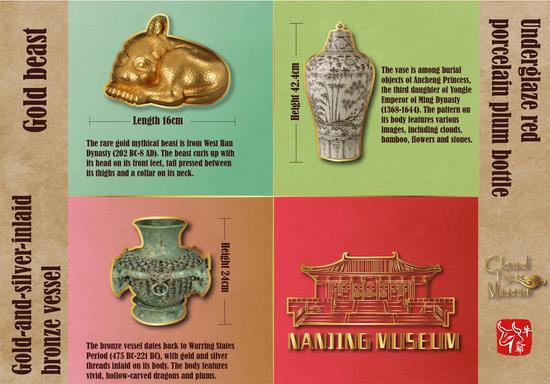
A baby Przewalski's gazelle in Qinghai. [Photo by Ge Yuxiu/for China Daily]
Through his photos, Ge is a proactive advocate to the government, research institutions and the public, on the need to protect Przewalski's gazelle.
After long-term observation, he realized that the chain link herdsmen used to fence off grazing areas posed a great risk. The fences not only impeded the gazelles' movements, but also made them easier prey for predators like wolves and foxes.
Hoping to address the problem, he began an advocacy campaign at universities and elementary and secondary schools in Qinghai. He managed to get signatures from about 2,600 teachers and students by showing them photos of the antelope falling victim to the fences.
His perseverance led to at least eight of his proposals reaching Qinghai provincial authorities.
Following his suggestions, authorities chose Przewalski's gazelle as the mascot of an international cycle race held around Qinghai Lake in 2006, and a reserve and a separate station especially for the conservation of the antelope were established in December 2007 and September 2009, respectively.
Thanks to joint efforts, the population of Przewalski's gazelle has now increased to about 2,700.
Since 2019, Ge has turned to advocating for black-necked cranes to be made China's national bird as the country bolsters efforts to protect endemic species.
Because many Chinese are not familiar with Przewalski's gazelle, the cranes or Tibetan wild donkeys, Ge believes more understanding is needed, and he has pledged to do something to address the problem.
"If people don't even know of them, it will be not easy to get them protected," he said.

















































